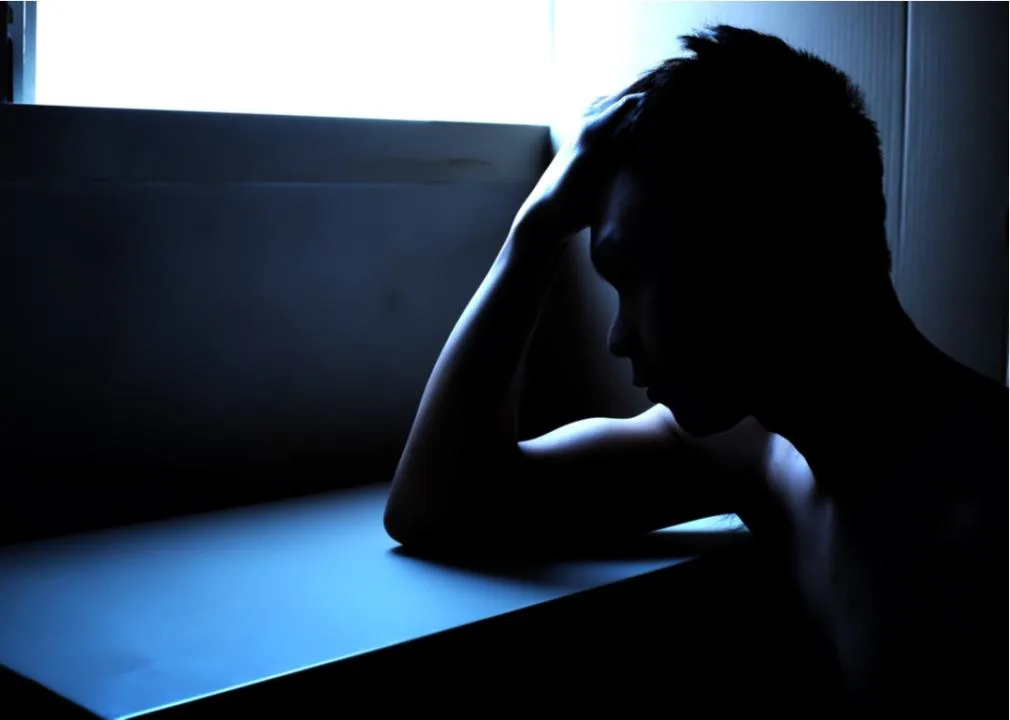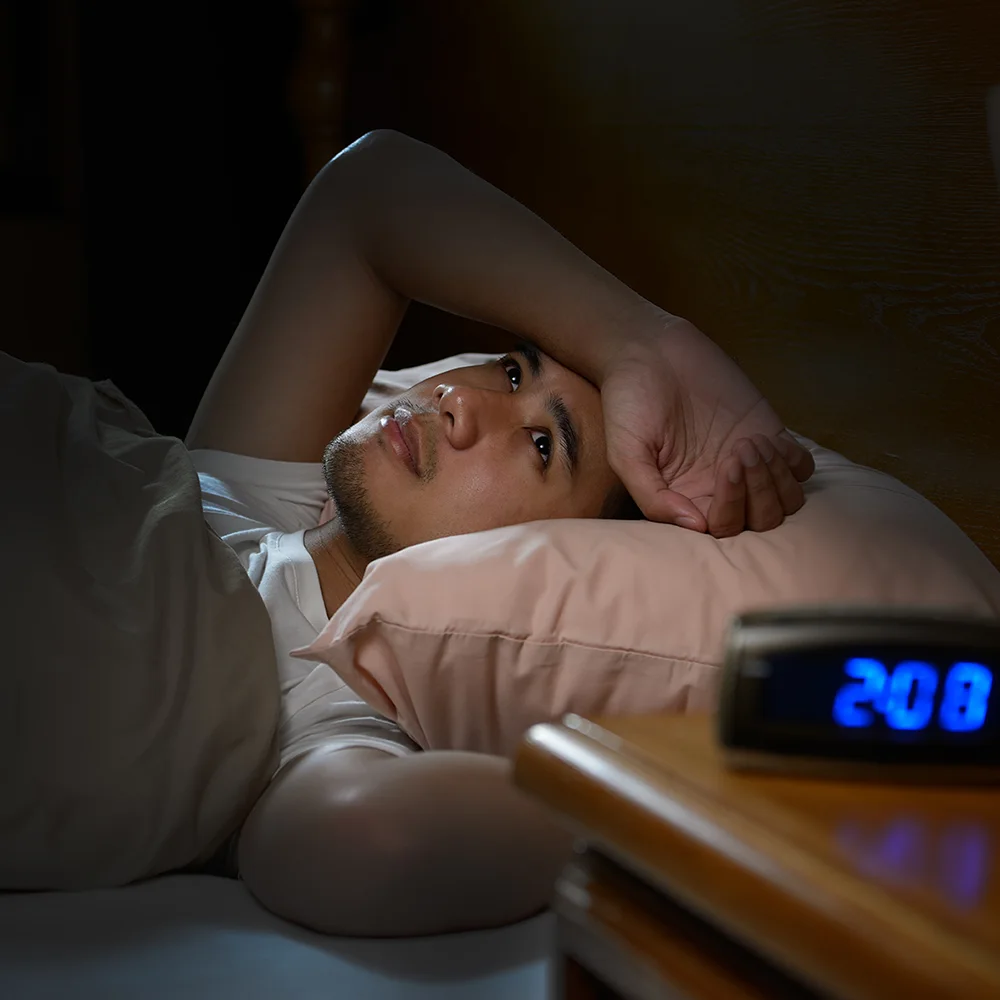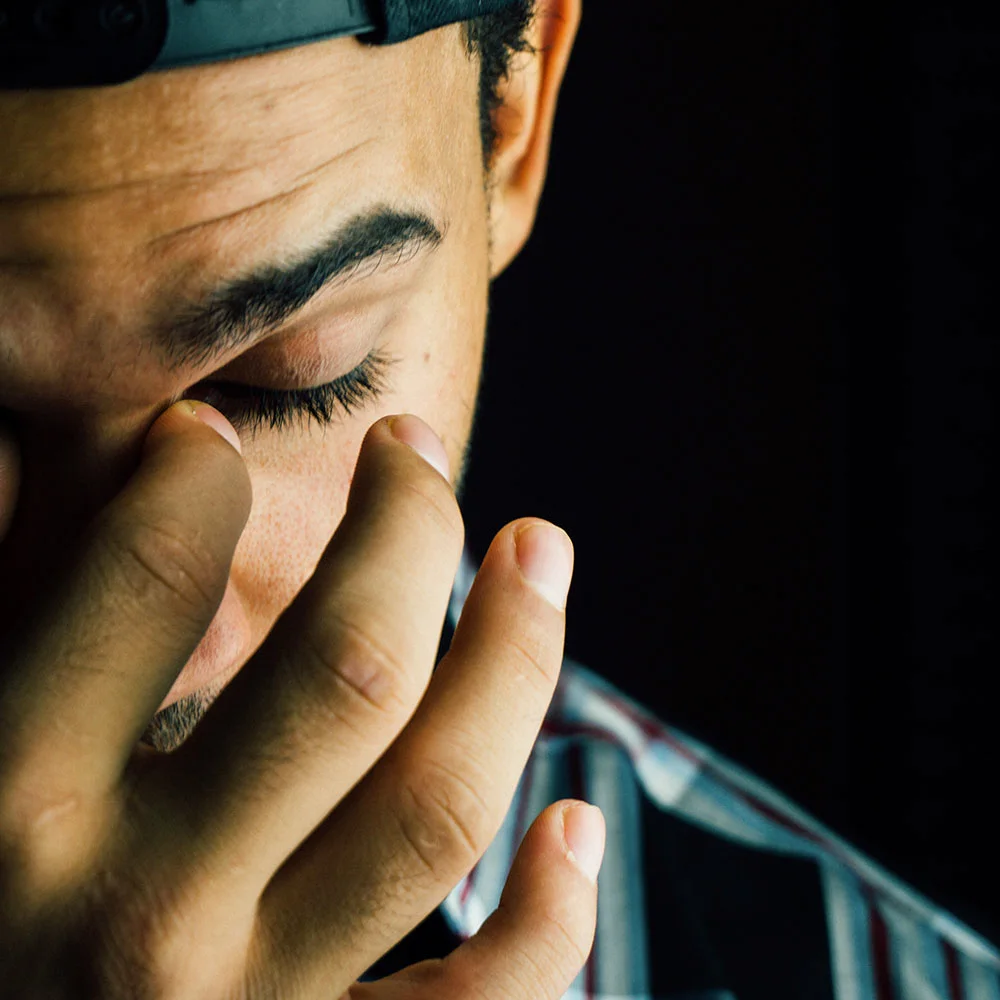Here's what we'll cover
Here's what we'll cover
We all have things we dislike. You may even loathe something so much you actively try to avoid it. But phobias go beyond aversion or hatred.
Specific phobias like androphobia—the fear of men—are fears so extreme that they disrupt your everyday life. If you dislike men, you may choose to dwell in predominantly female spaces. On the other hand, Androphobia causes such an extreme fear of men that you may only feel safe at home or in areas where you know there is no chance of seeing men.
What is androphobia?
Androphobia is an extreme and unreasonable phobia of men.
Phobias are a form of anxiety disorder and are one of the most common mental disorders. There are five types of specific phobias: animal, natural environment, blood-injection-injury, situational, and other. Other phobias like androphobia are phobias that don’t fall into the first four categories. These can be triggered by specific objects or situations and may develop in childhood or later in life (American Psychiatric Association, 2013).
Phobias cause excessive fear-based reactions that disrupt everyday life.
In the case of androphobia, a reaction can occur when exposed to men or masculinity, in anticipation of such experiences, or even hearing words related to the male sex. This intense fear may present as disgust, feeling as though you are in danger, or with physical symptoms of anxiety such as panic attacks (LeBeau, 2010).
What causes androphobia?
Like many specific phobias, androphobia may develop as a result of past negative experiences. These can include experiences like sexual assault or physical, emotional, or childhood-related abuse perpetrated by a man or men. Though a person or group may cause the trauma, androphobia is an abnormal fear of all men or male-related stimuli instead of fearing a specific someone.
Women, men, and those who are gender-nonconforming can all experience androphobia. According to some estimates, specific phobias will affect 7.4% of people at some point in life. Women, however, are more likely to experience specific phobias. Nearly 10% of women have a phobia at one time or another (Wardenaar, 2017).
Phobias also tend to run in families. The research on this is old but shows you are more likely to have a phobia if you have a parent or sibling with a specific phobia. However, just because phobias run in families, that doesn’t mean you’ll have the same phobia as your relatives. (Fyer, 1990).
Signs of androphobia
To be diagnosed with androphobia, you must meet the American Psychiatric Association’s diagnostic criteria for specific phobia. Androphobia symptoms include excessive or unreasonable fear prompted by male or masculine-related interactions or thoughts. This irrational fear of men must be extreme enough to trigger panic attacks or symptoms such as increased heart rate, increased blood pressure, sweating, shaking, throat tightness, and shortness of breath.
To be classified as a phobia, the fear should be excessive and interfere with your work, personal, or social life. This may present as avoiding male-related situations or enduring them alongside significant stress or panic. In children, symptoms of androphobia may present with crying, tantrums, clinging to parents, or freezing. Fear-related episodes should occur for at least six months (American Psychiatric Association, 2013).
Your panic-related symptoms should not be explained by another mental health condition such as generalized anxiety disorder or agoraphobia. Although your symptoms must occur in response to male-related triggers, it is possible to have androphobia in addition to another mental health condition.
Specific phobias can co-occur along with other anxiety disorders such as agoraphobia, social phobia, and generalized anxiety disorder. It can also happen alongside major depressive disorder, bipolar II disorder, and alcohol dependence. Those with one phobia are also more likely to have other phobias (Kessler, 2005).
Treating androphobia
Although life-disrupting, the good news is phobias are one of the most treatable mental health conditions (Wolitzky-Taylor, 2008). Untreated phobias tend to be lifelong issues but can subside with treatment.
For mild phobias, ones that don’t cause daily distress, no treatment may be necessary.
One of the most effective phobia treatments is cognitive behavioral therapy (CBT) with exposure (Wolitzky-Taylor, 2008; Thng, 2020). CBT is a psychotherapy that teaches you techniques designed to help improve poor coping skills.
When safe and accessible, CBT treatment includes exposure. Working with a therapist, you'll confront your androphobia triggers in real-life scenarios. Graded exposure therapy starts small, letting you work your way up to scenarios that cause increasing amounts of panic. Your therapist may ask you to imagine or visualize the threat if real threat exposure isn't safe. Treatment generally includes five to eight 90-minute sessions or one 2–3-hour session. The benefits of exposure therapy tend to last for at least one year, and you can maintain them through self-exposure (Koch, 2004).
Medications such as benzodiazepines are another option for the treatment of androphobia and other phobias. They are sometimes prescribed for people who find their phobia especially debilitating and for whom CBT isn’t available. Benzodiazepines are prescription drugs that make you feel calm. The medication typically kicks in quickly, within minutes to an hour, which can help in situations where your trigger is present.
Benzodiazepines are seen as a better option for phobias that aren’t experienced daily, like flying phobia, due to their sedative nature and risk of addiction, dependence, and withdrawal after long-term treatment. Because they can affect your cognitive and physical functioning, it may be hard to work or engage in tasks such as driving (Rickels,1999).
While facing your fears can be terrifying, with treatment, phobias can and do resolve. If androphobia disrupts your life, talk to a mental health professional. Most phobias go undiagnosed because people are afraid to reach out and get help.
DISCLAIMER
If you have any medical questions or concerns, please talk to your healthcare provider. The articles on Health Guide are underpinned by peer-reviewed research and information drawn from medical societies and governmental agencies. However, they are not a substitute for professional medical advice, diagnosis, or treatment.
American Psychiatric Association. (2013). Diagnostic and Statistical Manual of Mental Disorders, Fifth Edition (DSM-5), American Psychiatric Association, Arlington 2013. Retrieved from https://www.appi.org/Diagnostic_and_Statistical_Manual_of_Mental_Disorders_DSM-5_Fifth_Edition
Curtis, G., Magee, W. J., Eaton, W. W., Wittchen, H. U., & Kessler, R. C. (1998). Specific fears and phobias: Epidemiology and classification. The British Journal of Psychiatry, 173 (3), 212-217. Retrieved from https://pubmed.ncbi.nlm.nih.gov/9926096/
Fyer, A. J., Mannuzza, S., Gallops, M. S., Martin, L. Y., Aaronson, C., Gorman, J. M., et al. (1990). Familial transmission of simple phobias and fears: a preliminary report. Archives of General Psychiatry, 47 (3), 252-256. doi: 10.1001/archpsyc.1990.01810150052009. Retrieved from https://pubmed.ncbi.nlm.nih.gov/2306167/
Kessler, R. C., Chiu, W. T., Demler, O., Merikangas, K. R., & Walters, E. E. (2005). Prevalence, severity, and comorbidity of 12-month DSM-IV disorders in the National Comorbidity Survey Replication. Archives of General Psychiatry , 62 (6), 617–627. doi: 10.1001/archpsyc.62.6.617. Retrieved from https://pubmed.ncbi.nlm.nih.gov/15939839/
Koch, E. I., Spates, C. R., & Himle, J. A. (2004). Comparison of behavioral and cognitive-behavioral one-session exposure treatments for small animal phobias. Behaviour Research and Therapy, 42 (12), 1483–1504. doi: 10.1016/j.brat.2003.10.005. Retrieved from https://pubmed.ncbi.nlm.nih.gov/15500817/
LeBeau, R. T., Glenn, D., Liao, B., Wittchen, H. U., Beesdo‐Baum, K., Ollendick, T., & Craske, M. G. (2010). Specific phobia: a review of DSM‐IV specific phobia and preliminary recommendations for DSM‐V. Depression and Anxiety, 27 (2), 148-167. doi: 10.1002/da.20655 Retrieved from https://pubmed.ncbi.nlm.nih.gov/20099272/
Marwick, A. E., & Caplan, R. (2018). Drinking male tears: Language, the manosphere, and networked harassment. Feminist Media Studies, 18 (4), 543-559. doi: 10.1080/14680777.2018.1450568. Retrieved from https://www.tandfonline.com/doi/full/10.1080/14680777.2018.1450568
Rickels, K., Lucki, I., Schweizer, E., García-España, F., & Case, W. G. (1999). Psychomotor performance of long-term benzodiazepine users before, during, and after benzodiazepine discontinuation. Journal of Clinical Psychopharmacology, 19 (2), 107–113. doi: 10.1097/00004714-199904000-00003. Retrieved from https://pubmed.ncbi.nlm.nih.gov/10211911/
Schindler, B., Vriends, N., Margraf, J., & Stieglitz, R. D. (2016). Ways of acquiring flying phobia. Depression and Anxiety, 33 (2), 136-142. doi: 10.1002/da.22447. Retrieved from: https://pubmed.ncbi.nlm.nih.gov/26484616/
Thng, C., Lim-Ashworth, N., Poh, B., & Lim, C. G. (2020). Recent developments in the intervention of specific phobia among adults: A rapid review. F1000Research , 9 , 195. doi: 10.12688/f1000research.20082.1. retrieved from https://www.ncbi.nlm.nih.gov/pmc /articles/PMC7096216/
Wardenaar, K. J., Lim, C. C. W., Al-Hamzawi, A. O., & Alonso, J. (2017). The cross-national epidemiology of specific phobia in the World Mental Health Surveys – CORRIGENDUM. Psychological Medicine , 48 (5), 878–878. doi: 10.1017/s0033291717002975. retrieved from https://pubmed.ncbi.nlm.nih.gov/28994357/
Wolitzky-Taylor, K. B., Horowitz, J. D., Powers, M. B., & Telch, M. J. (2008). Psychological approaches in the treatment of specific phobias: A meta-analysis. Clinical Psychology Review, 28 (6), 1021-1037. doi: 10.1016/j.cpr.2008.02.007. Retrieved from https://pubmed.ncbi.nlm.nih.gov/18410984/










